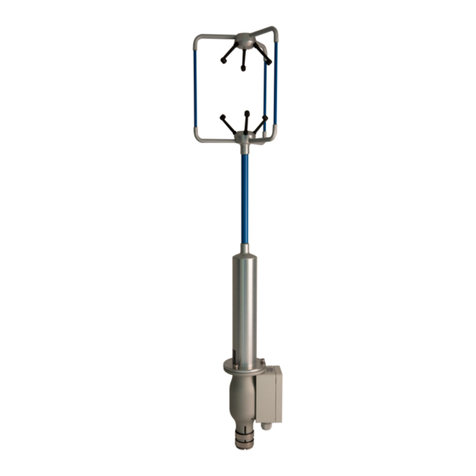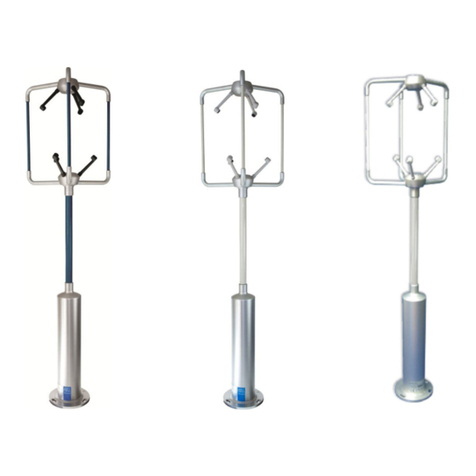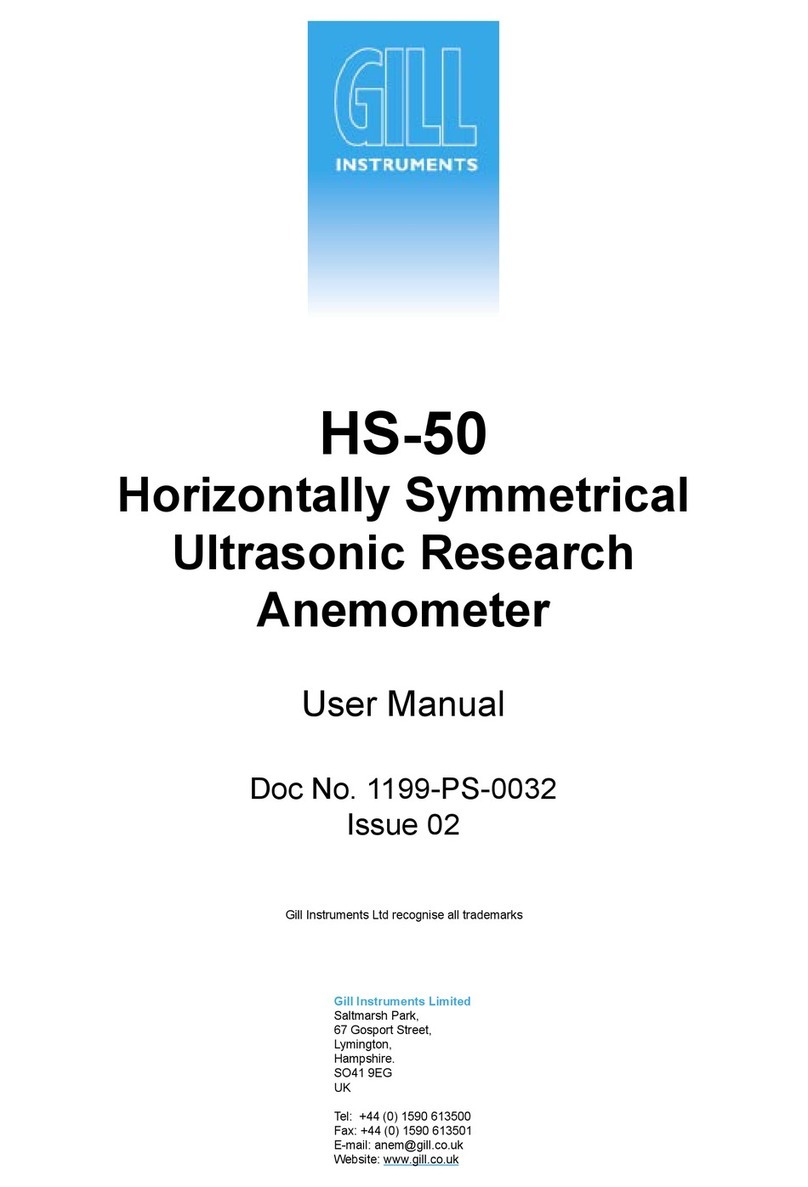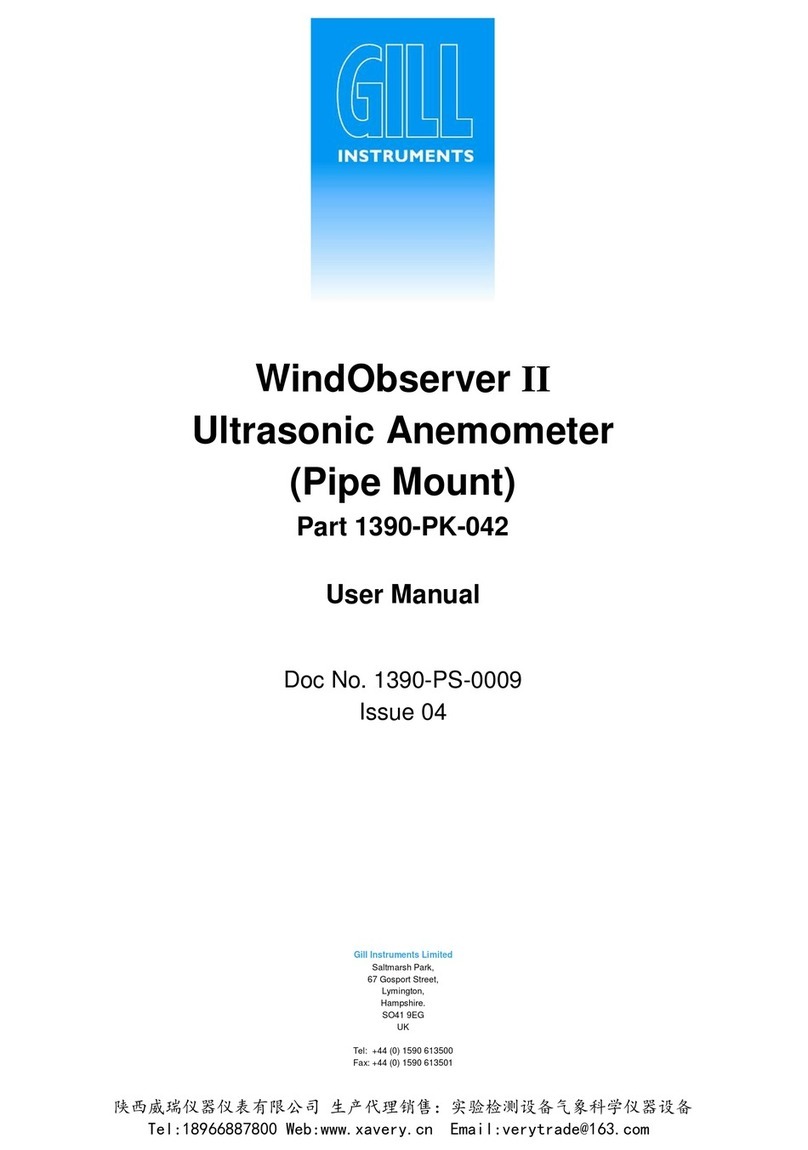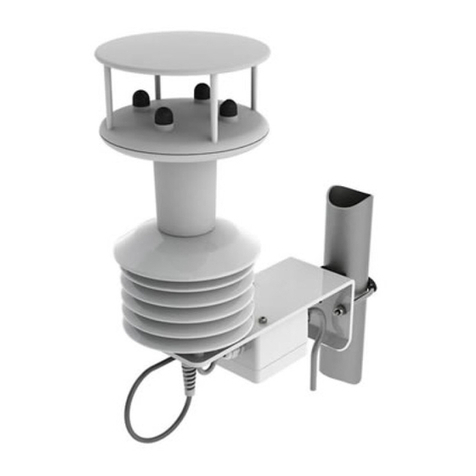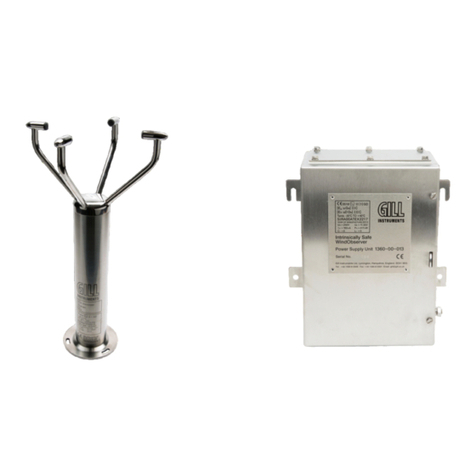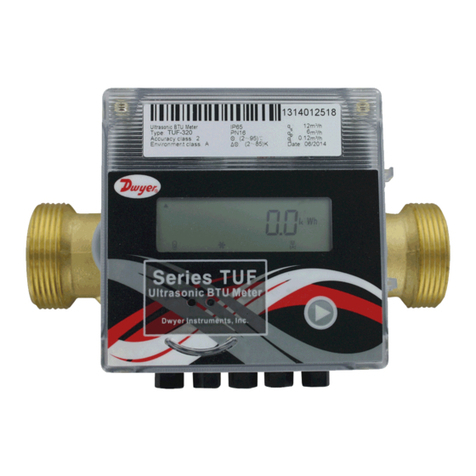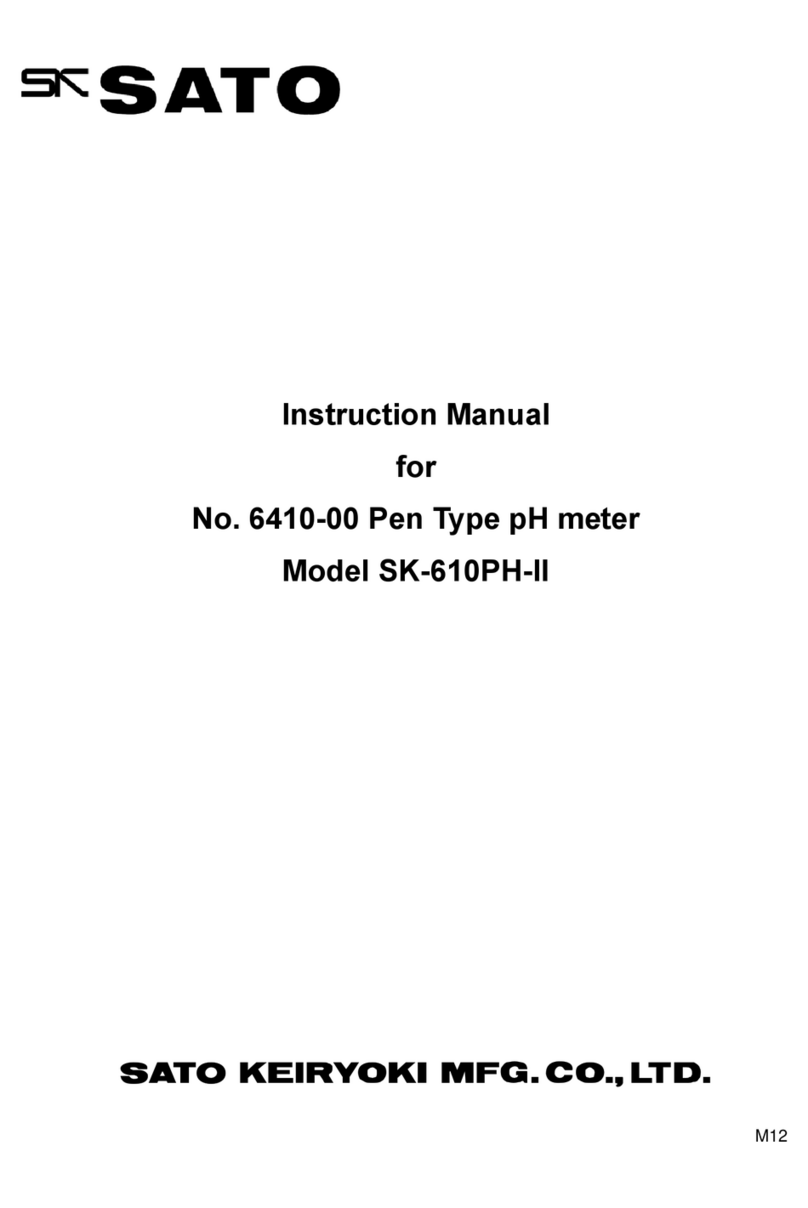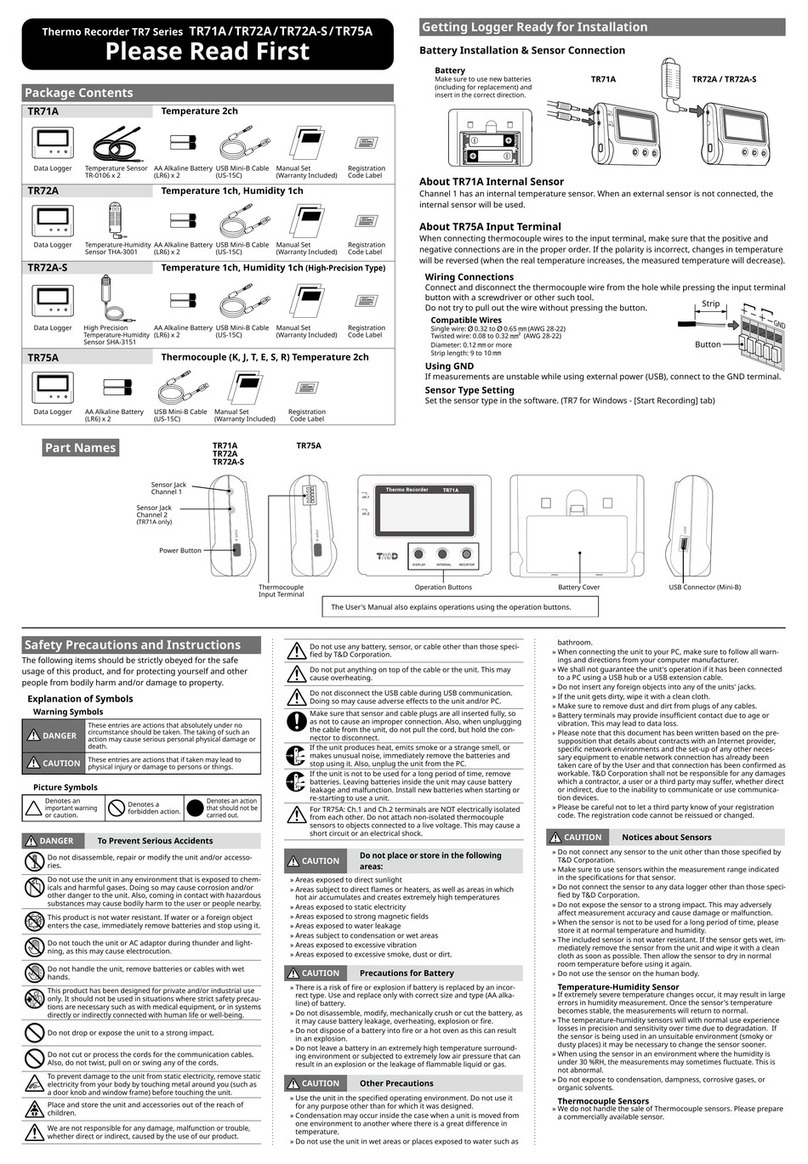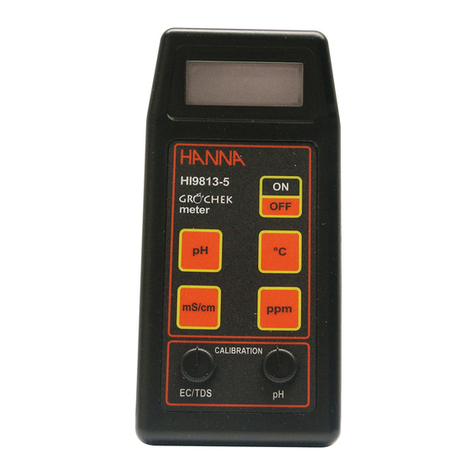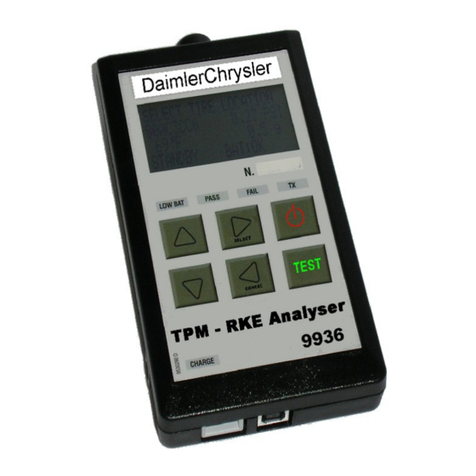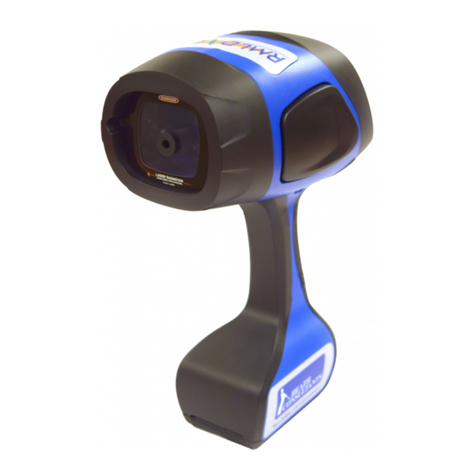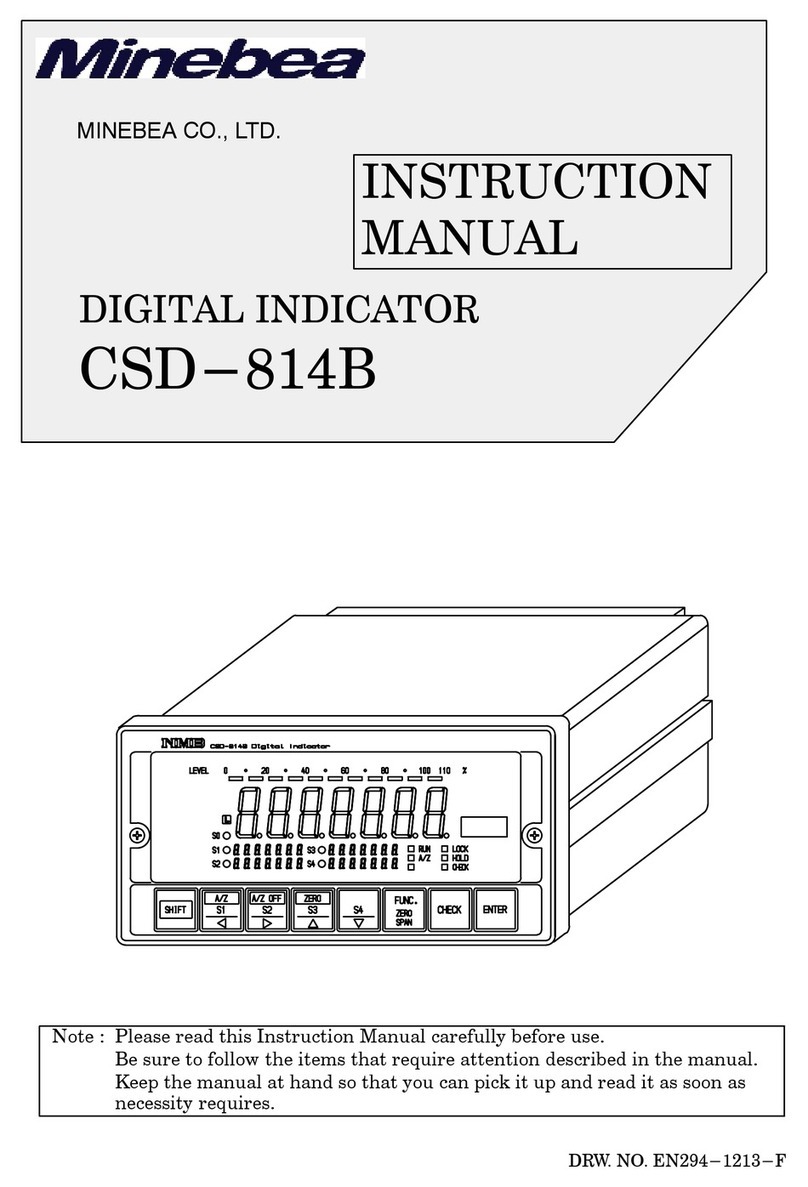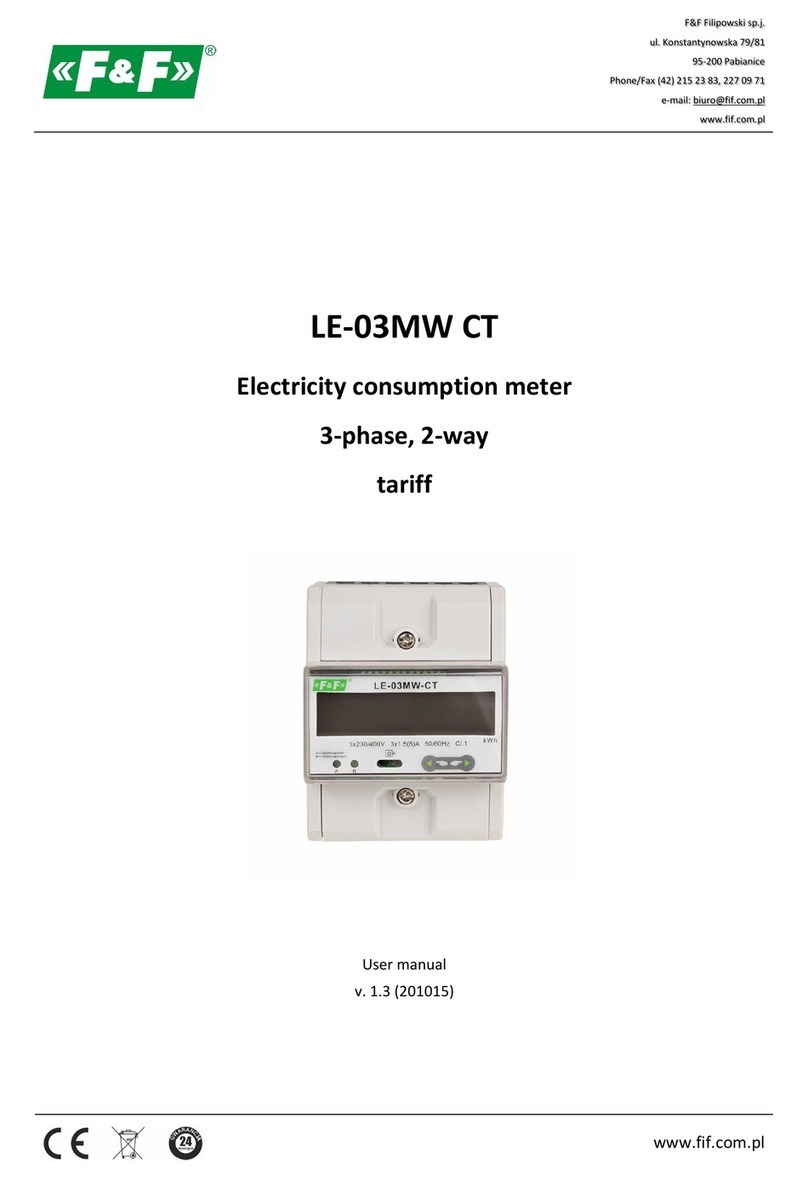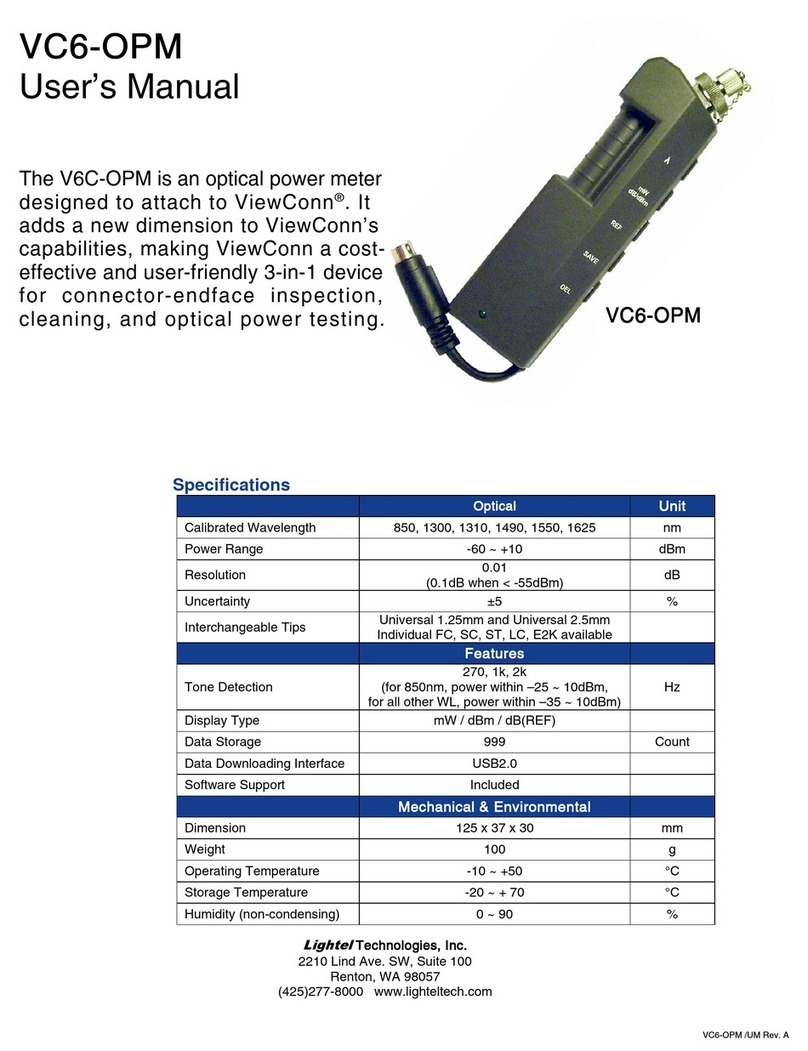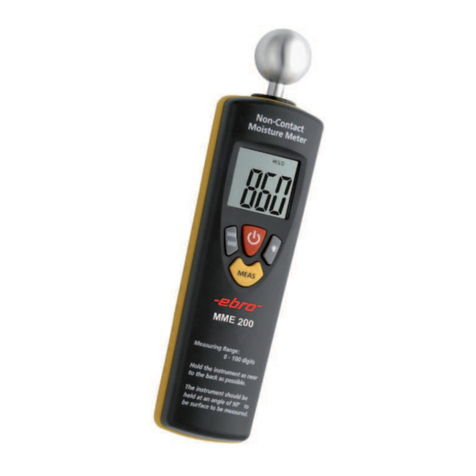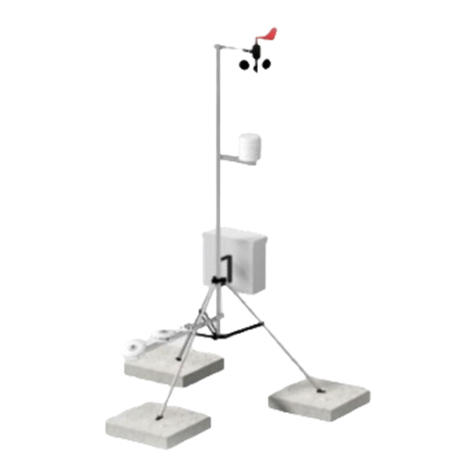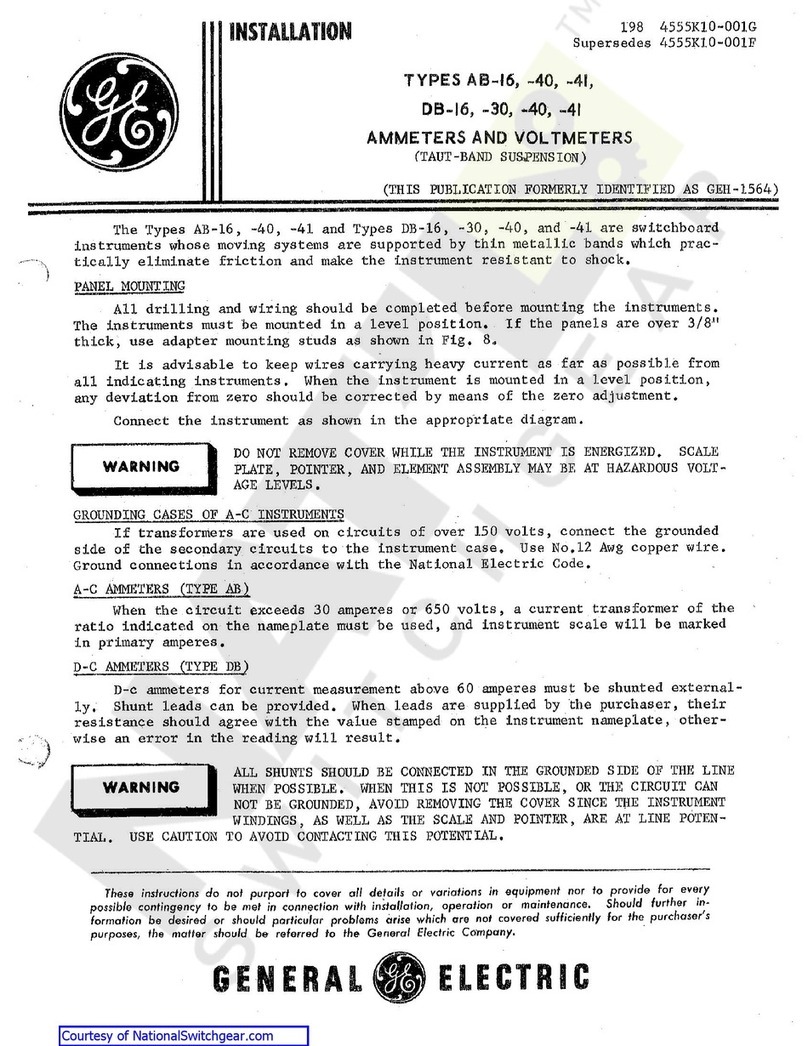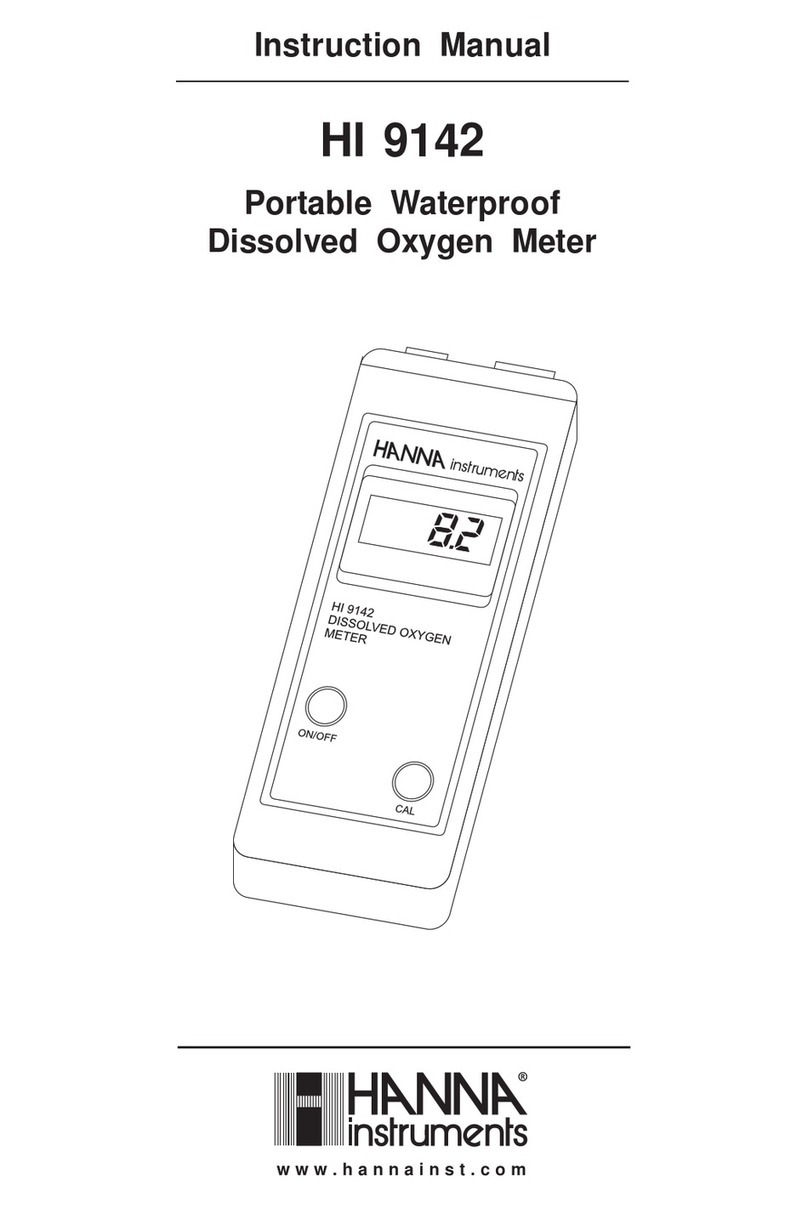
Gill Instruments Ltd
_____________________________________________________________________________________________________________
________________________________________________________________________________________________
WindObserver II (WindObserver FC) Page 3 Issue 2
Doc. No. 1390-PS-0011 June 2007
Contents
1. FOREWORD............................................................................................5
2. INTRODUCTION......................................................................................5
3. FAST TRACK SET-UP ............................................................................5
4. SPECIFICATION .....................................................................................6
5. PRE-INSTALLATION ..............................................................................7
5.1. Equipment supplied .......................................................................................... 7
5.2. Installation requirements................................................................................... 7
6. INSTALLATION.......................................................................................8
6.1. Installation Guidelines....................................................................................... 8
6.2. Bench system test ............................................................................................ 9
6.3. Cabling ............................................................................................................. 9
6.4. Connections.................................................................................................... 10
6.5. Power supplies ............................................................................................... 12
6.6. Mechanical installation.................................................................................... 12
Location................................................................................................................... 12
Orientation .............................................................................................................. 12
Mounting bracket .................................................................................................... 12
Figure 1. Suggested mounting bracket and Earthing (grounding) arrangements .. 13
Alignment ................................................................................................................ 14
Figure 2a North marker and UV polarity definition (UV) format) and Mounting Ring14
Figure 2b WindObserver II (WindObserver FC) Outline Dimensions..................... 15
7. MESSAGE FORMATS & OPTIONS......................................................16
7.1. Wind Speed format ......................................................................................... 16
7.2. Output formats................................................................................................ 16
Output format .......................................................................................................... 16
7.3. Units ............................................................................................................... 16
7.4. Output rate...................................................................................................... 17
Sample Average ..................................................................................................... 17
7.5. Averaging ....................................................................................................... 17
7.6. Heating ........................................................................................................... 17
7.7. 45°Offset........................................................................................................ 17
7.8 Vertical Output Padding .................................................................................. 17
7.7. ASCII message format (UV and Polar) ........................................................... 18
ASCII UV format .................................................................................................... 18
ASCII Polar format .................................................................................................. 19
7.8. NMEA Format................................................................................................. 20
8. CONFIGURING......................................................................................21
8.1. Entering Configuration mode .......................................................................... 21
8.2. Returning to Measurement mode.................................................................... 21
8.3. Checking the configuration ............................................................................. 22
8.4. Changing settings ........................................................................................... 22
8.5. Output format.................................................................................................. 22
8.6. Unit Identifier .................................................................................................. 23
8.7. Units ............................................................................................................... 23
8.8. Output rate...................................................................................................... 23




















